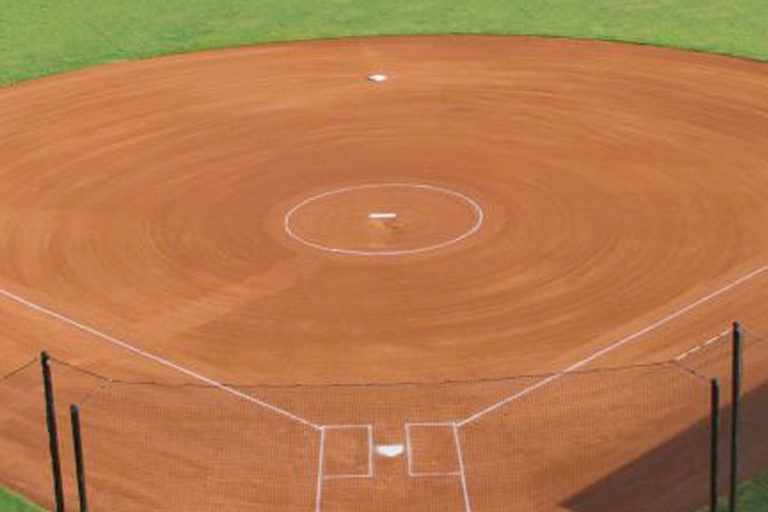
Field Prep for Coaches and Volunteers
As is the case with absolutely everything our entire league does, preparing playing fields for safe and competitive gameplay depends on the cooperation of volunteers. So, thank you for your effort!
Coaches SHOULD NOT prepare fields for play, but do need to assure their team’s parents are taking care of it. Unfortunately, we have learned from past experience that if a coach prepares the field once, they’ll be doing it all season. Besides, do you want your coaches raking dirt or getting your players ready for a baseball game?!
Pinto & Mustang
If you are the “away” team . . .
It is the visiting team’s responsibility to chalk and rake the fields to assure they are safe for play.
- Use rakes to fill low spots, especially around the pitcher’s mound, the bases, and the batter’s boxes.
- Toss rocks (i.e. completely off the field) when spotted.
- Chalk baselines, batter’s boxes, on-deck circles, pitcher’s circle, and hash marks to denote half the distance between bases. Chalk is stored in the north shed. If done correctly, you will need about half-a-bag to complete a field.
- Always place the on-deck circle (5′ diameter maximum) as close as possible to the fence and aligned with the pitcher’s plate for good, safe placement.
- The pitcher’s circle (around the mound) and halfway marks are needed only for Pinto. They are not used in Mustang play.
- Use the rake head for sizing the batter’s box (1-rake head wide by two rake heads long) and for spinning a perfect on-deck circle.
- Refer to the diagram below to see the proper layout of all chalked field lines.
Bronco & Pony
All Teams . . .
It is responsibility of all West Seattle Baseball teams to assure the fields are ready for play. Your coaches are busy with coaching. Do NOT allow them to prep the fields!
- Rakes, shovels, chalkers, line, and chalk all are stored in the “Knaack” boxes (equipment boxes) at each field. Your coaches should have the combination to obtain the key to unlock the box.
- Toss rocks (i.e. completely off the field) when spotted.
- Use rakes to fill low spots, especially around the pitcher’s mound, the bases, and the batter’s boxes.
- Be sure the base distances are set to 70′ for Bronco and 80′ for Pony. Usually, there is a stripe painted on the fence marking the base locations.
- At Lincoln Park #1, the outer-most stripe is 80′ and the inner most stripe is 70′.
- At Riverview, the outer-most stripe is 70′.
- At Delridge Southwest, the middle base holes are for 80′.
- Always place the on-deck circle (5′ diameter maximum) as close as possible to the fence and aligned with the pitcher’s plate for good, safe placement.
- Use the rake head for sizing the batter’s box (1-rake head wide by two rake heads long) and spinning a perfect on-deck circle.
- At Riverview, the portable mounds should be placed such that the front lip of the mound aligns with the front edge of the foremost permanent pitching plate in order to obtain the proper Bronco pitching distance (50 feet between the apex of home plate and the front of the pitching plate).
- The diagram below is the proper layout of the field lines and mound placement (note: Pony base paths are set at 80 feet, Bronco are at 70 feet.)


